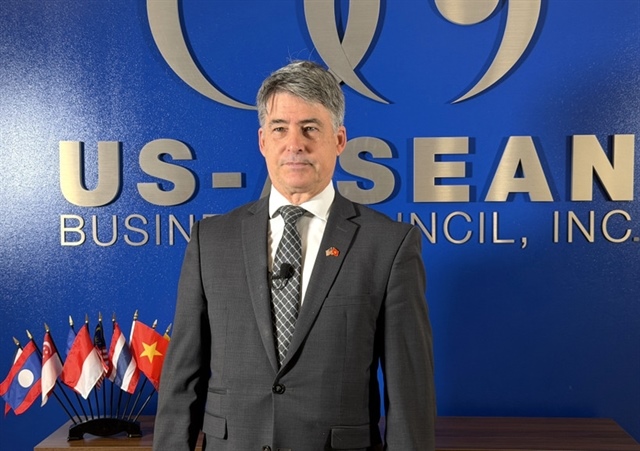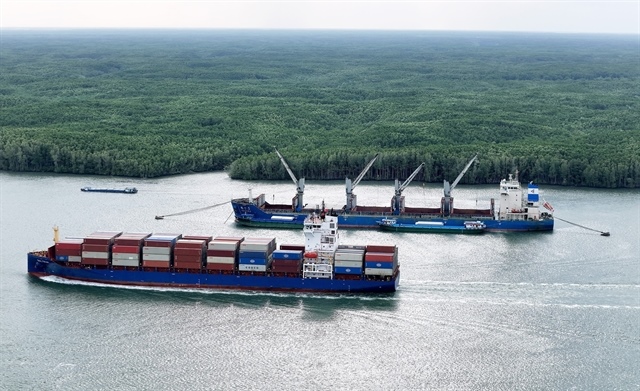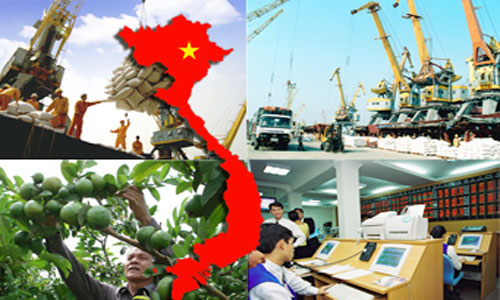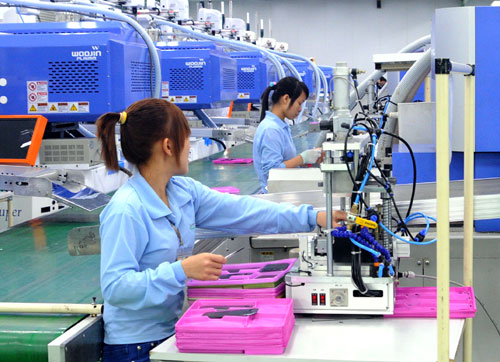Despite difficulties, Vietnam’s economy shows many positive signals in 2014
Despite difficulties, Vietnam’s economy shows many positive signals in 2014
Vietnam achieved many positive economic results despite rising difficulties caused by current internal weaknesses and external factors in 2014.
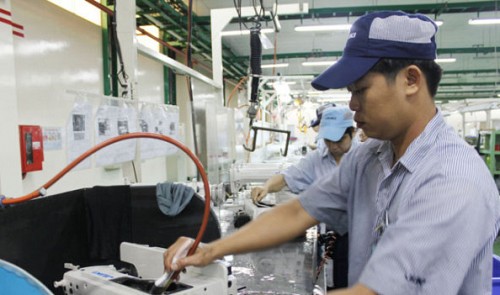
Although the Southeast Asian country’s gross domestic product (GDP) growth exceeded the target for the first time in three years, and inflation hit the lowest rate in a decade, the major remaining unsolved problems of the economic picture include low labor productivity and a growing trade deficit with China.
Highlights
With the negative effects of high inflation and the global economic recession, in the first three years of the five-year plan lasting from 2011 to 2015, the growth targets set by the National Assembly were still unreachable until 2014.
One month before the end of the year, Minister of Planning and Investment Bui Quang Vinh said for the first time in many years the country’s GDP growth rate exceeded the growth target of 5.8 percent.
With macroeconomic stability and a low inflation rate, growth was restored in most sectors across the local economy, and they all were highlights of 2014's economic picture, Minister Vinh said at the Vietnam Business Forum held on December 2 in Hanoi.
Total GDP was estimated to increase 5.98 percent compared with 2013, the highest since 2011. This achievement comes after Vietnam’s efforts to restore aggregate demand to reduce inventory and promote credit growth after the East Sea incident in May.
In early May, China illegally placed the Haiyang Shiyou 981 oil rig in territorial waters off the coast of central Vietnam, which triggered a series of negative spillover effects on the local economy.
These bad impacts include a series of protests against Chinese-owned firms in southern Vietnam caused by extremists, which led to the suspension of operations of many foreign firms and industrial parks in the southern provinces of Binh Duong and Dong Nai.
The aggressive move by China and the ensuing unrest resulted in fewer international arrivals as foreign guests were afraid of being stuck during possible internal or external conflict at the time.
The incident also caused problems for Vietnam’s exporters sending goods to the neighboring country as China closed the door to Vietnamese goods, leaving thousands of trucks at the border for a long time while many goods, like agricultural ones, rotted.
It also caused a free fall on the local stock market for many days as investors sold their stocks en masses for cash over fear of a possible clash in the sea.
In this context, many local and foreign experts recommended that the government should be very careful in operating the economy in the last six months of the year.
However, with timely reassurance from the country’s macroeconomic operators and commitment to ensure the properties of investors, the impact of the incident was minimized.
This resulted in a rally in economic growth in the second half, with an average growth rate of 6.5 percent, compared with 5.2 percent in the first half.
Export turnover also reached a record US$150 billion with a $2 billion trade surplus - the highest since 2012.
With the $20 billion inflow of foreign direct investment (FDI and over $11 billion in inward remittances, the value of the local currency, the Vietnamese dong, was strengthened, enabling the State Bank of Vietnam, which had said it would not devalue the dong over 2 percent against the US dollar, to keep its word after depreciating the dong by over 1 percent in 2014.
Annual inflation was controlled and hit the lowest rate in 10 years with 4.09 percent, which resulted in lower interest rates and increased lending activities in the last months of the year, with monthly credit increasing by 2.5 percent. Those factors led to the rise in both consumer and business confidence.


